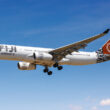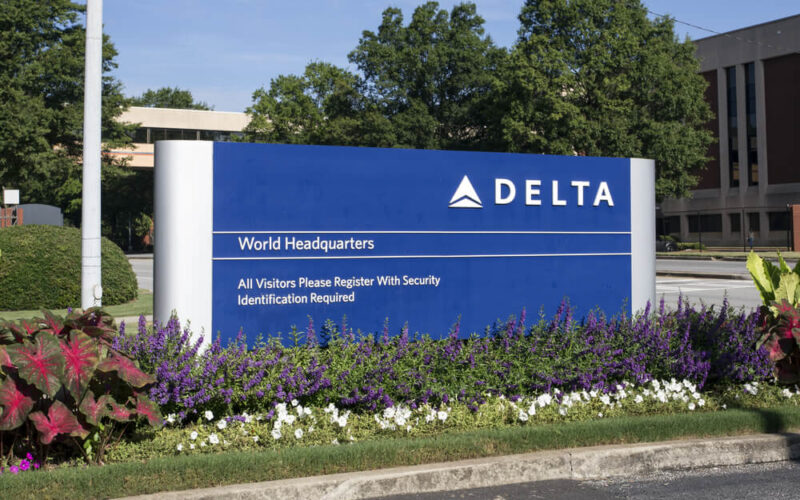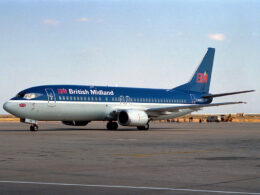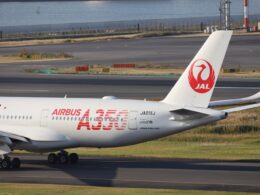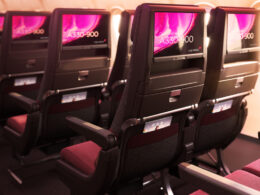In 2019, Delta Air Lines was a rare exception amongst the United States’ big three airlines: it was the only one that did not have to watch the 737 MAX rusting on the sidelines, collecting dust. It helped the airline propel into new heights. But moves made throughout the recent history of the Atlanta-based company made its recent losses go from bad to worse, as several of its investment recipients came tumbling down during the COVID-19 pandemic.
“2019 was a truly outstanding year on all fronts – the best in Delta’s history operationally, financially and for our customers,” remarked the chief executive of Delta Ed Bastian. The tone, however, shifted as the carrier’s Q2 2020 losses illustrated “the truly staggering impact of the COVID-19 pandemic on our business,” said Bastian on July 14, 2020.
The airline finished Q2 2020 with a net loss of $5.7 billion, compared to a $1.4 billion profit the same period. Amidst the losses, it had to write off $2.1 billion worth of charges related to the Chapter 11 bankruptcies of LATAM Airlines and Aeroméxico in addition to Virgin Atlantic’s financial struggles, related to Delta’s share in the United Kingdom-based airline’s losses.
Furthermore, a smaller loss of $67 million related to its shareholdings in Air France-KLM, China Eastern Airlines (CIAH) (CEA), GOL, and the parent company of Korean Air, was also included in the airline’s financial report for the quarter.
At first glance, these losses might look something out of Etihad’s books, which has a troubling history of investments in airlines around the world. Air Berlin (AB1), Alitalia, Jet Airways, and Virgin Australia were amongst the carriers in which Etihad had decided to pump money into.
But there might be something more than meets the eye when it comes to Delta’s investments.
Expansion down south
Delta’s relationship with Aeroméxico started in 1994 when the two airlines signed a commercial cooperation agreement. Six years later, the two became co-founders of SkyTeam, an airline alliance now comprising 19 airlines all over the world.
In August 2011, Delta went further: it acquired its initial stake of 4.1% in Aeroméxico and gained a seat on the board of directors for $65 million. In March 2017, the company completed a two-year process of gaining even more shares in Aeroméxico, when it invested an additional $620 million in exchange for a bigger stake. In total, it had 36.2% of the Mexican carrier’s shares, with the option to purchase 12.8% more in order to own 49%.
In September 2019, a $2 billion investment was announced into LATAM Airlines, a Chile-based airline group that spanned throughout South America. Delta now had a 20% stake and a seat on the executive board, in addition to overtaking some aircraft from LATAM’s Airbus A350 order.
Delta Air Lines is not the only one that has expanded southwards. United Airlines attempted to establish a joint venture with Avianca (AVHOQ) and Copa Airlines, based in Colombia and Panama, respectively. The joint venture was delayed as problems arose at Avianca (AVHOQ), which had its leadership revamped, and the three companies sought for a fourth partner.
American Airlines (A1G) (AAL), meanwhile, has partnered with GOL as recently as February 2020. Beforehand, the Dallas/Fort Worth-based airline established an interlinear alliance agreement with Interjet, the infamous Sukhoi Superjet operator in Mexico.
The top three aimed to establish their footprints in Central and South America, a region that is poised to grow. At a conference in Brasilia, Brazil in October 2019, Peter Cerdá, the Regional Vice-President for the Americas of the International Air Transport Association (IATA), remarked that estimates put the region’s annual passenger traffic growth at 4.1%. Predictions, however, were thrown out the window as the COVID-19 pandemic descended upon the world.
No state aid
Despite the almost complete collapse of the aviation industry around the world, high profile bankruptcies were few and far between. Chapter 11 bankruptcies, however, were very prominent in Latin America, while other region’s governments were more eager to give out state aid to help airlines weather the storm.
After all, United States-based airlines received a fair bit of help via the CARES Act. Europe-based airlines, whether the 22 aircraft-strong airBaltic or the overly dramatic Lufthansa (LHAB) (LHA) received help from their respective lawmakers. State-owned airlines from China or the Middle East were, of course, safe and sound, as their governments knew the importance of sustained air connectivity in and out of their respective countries.
For Latin America, however, the story was very different.
“This is our last chance to survive this crisis. Time is against us and every day that goes by places more agony on an industry that is seeking clarity on timelines to restart operations. No sector has the liquidity to stay afloat during a four- or five-month standstill,” stated Cerdá, pleading for state aid help for the region’s airlines. “While IATA recognizes the work of the local authorities’ to fight the virus, airlines are essential to the well-being of the region and “cannot be allowed to disappear,” added the IATA representative in a press release in June 2020.
With depleted revenues and no liquidity boost coming in from local governments, airlines have little-to-no choice in order to secure their futures. Virgin Atlantic, a carrier that is 49% owned by Delta Air Lines, was in a similar position, as the United Kingdom refused to help the airline. While private investors lent a helping hand to save the company from seemingly impending collapse, the airline was not particularly successful.
On the other hand, Delta had to make a move to counteract American Airlines Atlantic Joint Business (AJB) with British Airways and Iberia, which only expanded as time went on. The lucrative United States – European market is a cash cow for many airlines, and Virgin Atlantic is still a formidable force above the Atlantic Ocean, despite its struggles to talk the talk, but not being able to walk the walk.



